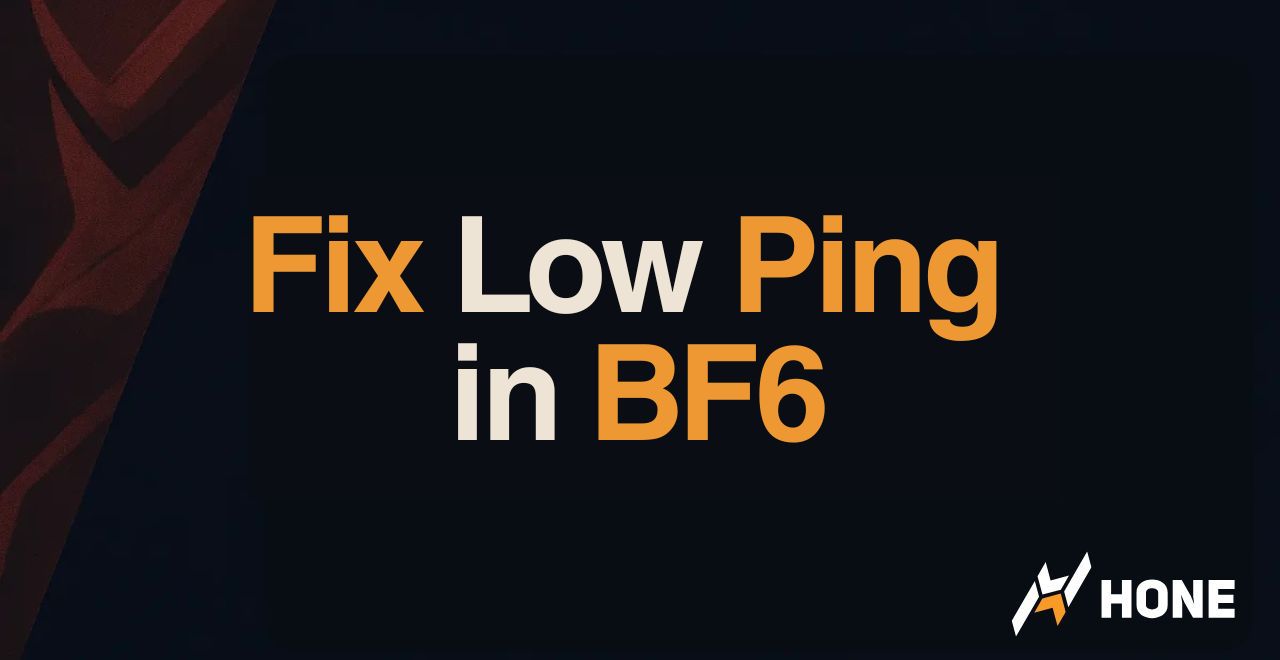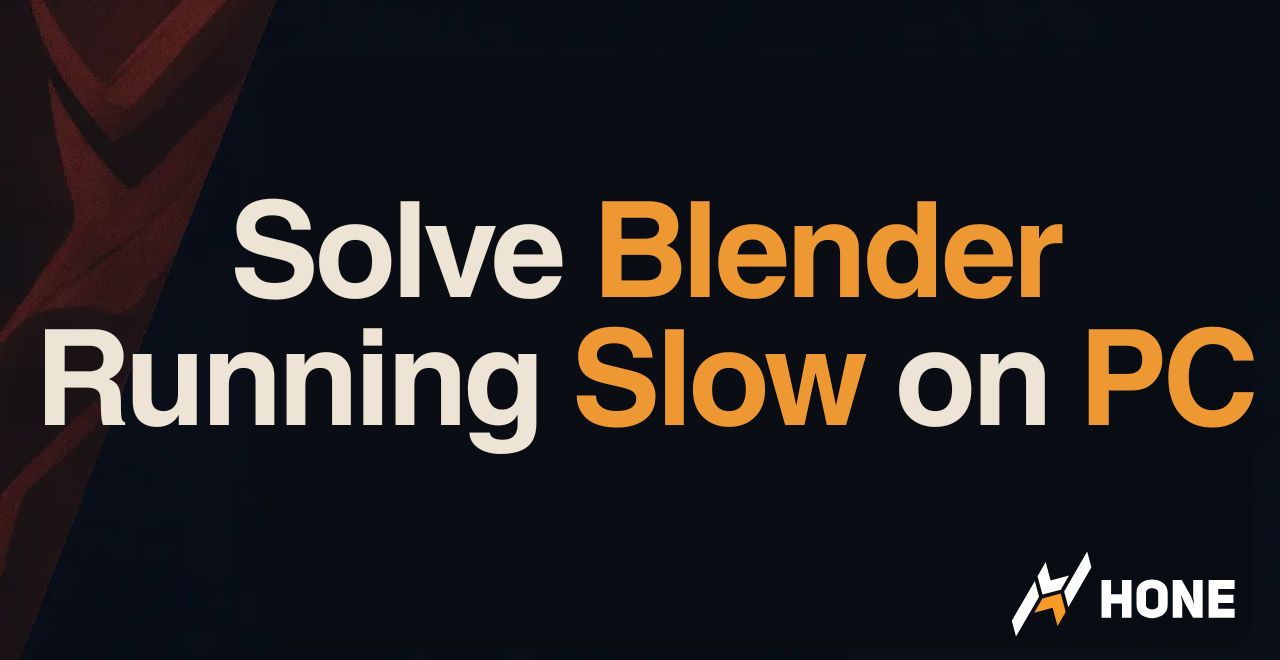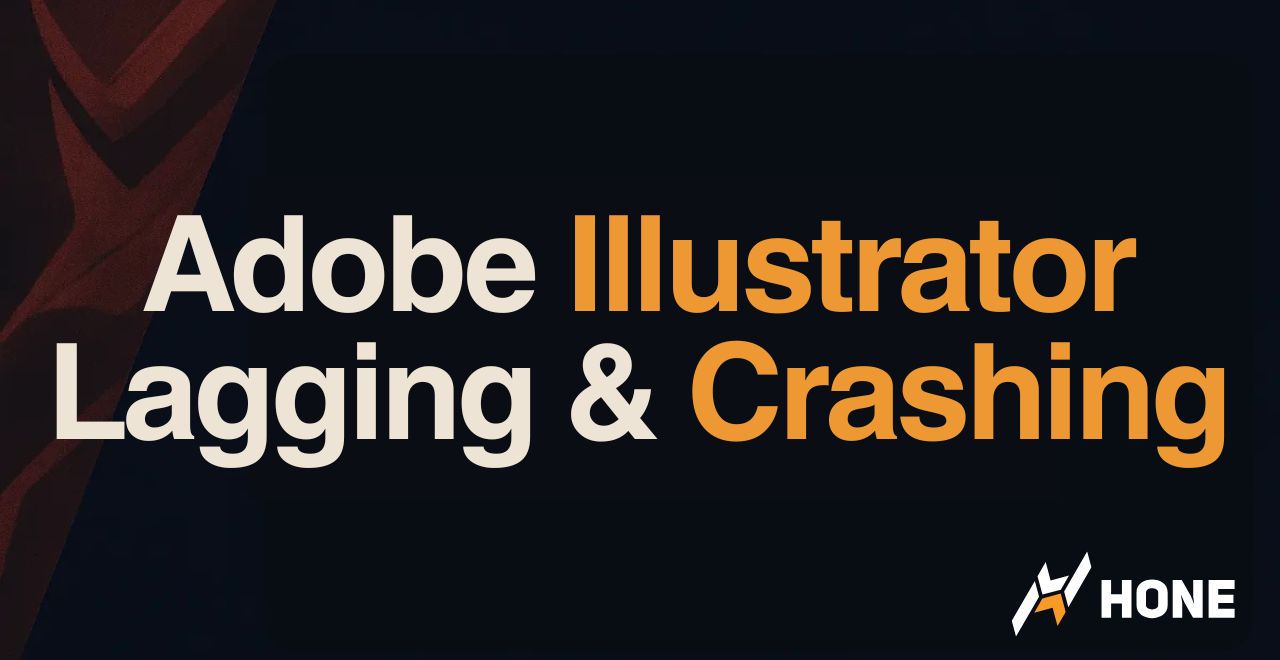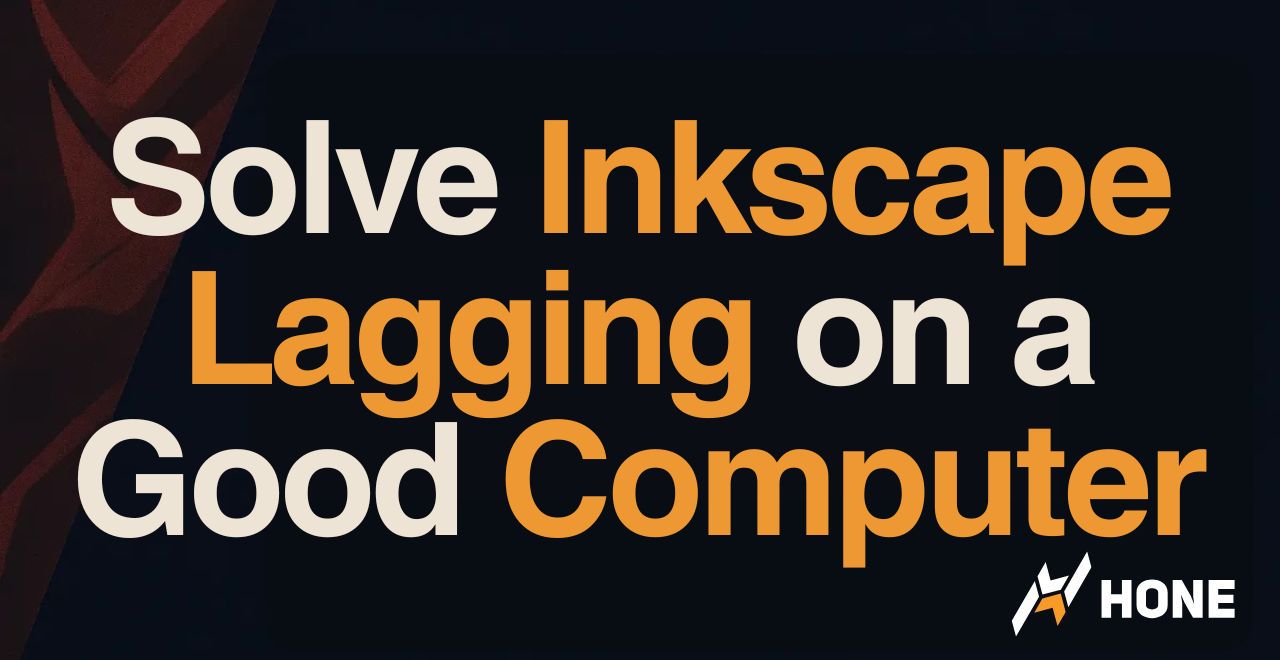In Battlefield 6, every millisecond counts. When your ping is high, you’re seeing enemies 100ms after they see you. You fire first but die first. Your shots don’t register. You rubber-band around corners. This guide fixes that.
Check Your Current Ping in Battlefield 6
Before we fix anything, you need to know where you stand, is your Battlefield 6 lagging? Is it stuttering? Here’s how to check your ping right now.
- Press Win + R
- Type
cmdand press Enter - Type
ping 8.8.8.8 - Look at the “Average” number at the bottom
- Launch Battlefield 6
- Open Settings during gameplay
- Navigate to Network or Performance
- Find the ping/latency indicator (usually top-right in-game)
Run the test 3-4 times and look for consistency. A ping that jumps between 30ms and 120ms is worse than a stable 60ms.
What Your BF6 Ping Actually Means
In a 50ms vs 20ms fight where both players fire at the exact same moment, the 20ms player’s shot registers 30ms earlier. That’s the difference between life and death.
The #1 Fix: Ethernet Cable (Non-Negotiable)
If you take only one thing from this guide, make it this: ditch Wi-Fi and plug in an Ethernet cable. This single change typically cuts your ping by 10-30ms and eliminates 90% of connection stability issues.
⚠️ Packet loss spikes
⚠️ Unstable latency
✓ Zero packet loss
✓ Consistent latency
- Cat 5e or Cat 6 Ethernet cable ($8-15)
- Length depends on router distance
- That’s literally it
- Plug cable into router’s LAN port
- Plug other end into your PC/console
- Connection auto-configures
Wi-Fi works by broadcasting radio signals through the air. Every wall, piece of furniture, and electronic device between you and the router degrades that signal. Your microwave running can spike your ping by 50ms. Your neighbor’s Wi-Fi on the same channel creates interference. An Ethernet cable eliminates all of that.
If You Can’t Use Ethernet: Wi-Fi Optimization
Sometimes running a cable isn’t possible. Here’s how to squeeze the best performance out of Wi-Fi.
Most routers broadcast two networks: 2.4GHz and 5GHz. The 5GHz band is faster and less crowded. Connect to the network name that ends in “5G” or “5GHz.” You’ll need to be closer to the router, but the speed boost is worth it.
Get as close to the router as possible with clear line of sight. Every wall between you and the router adds latency. Move the router to a central location or move your setup closer. Even 10 feet can make a 15ms difference.
Download a Wi-Fi analyzer app on your phone. It’ll show which channels nearby networks use. Log into your router settings (usually 192.168.1.1) and manually set your Wi-Fi to the least crowded channel. This reduces interference from neighbors.
Stop Bandwidth Thieves
Your connection speed doesn’t matter if something else is using it all. Here’s what’s probably destroying your ping without you realizing it.
Netflix, YouTube, Twitch in the background can add 40-80ms. Close them before gaming. Yes, even on another device in your house. Tell your family to pause their Netflix during your ranked matches.
Google Drive, Dropbox, OneDrive, and Windows Update love to start uploading right when you’re in a match. Open Task Manager (Ctrl+Shift+Esc), go to the Network tab, and end any process using bandwidth.
Steam, EA App, Epic Games will auto-download updates in the background. Go into each launcher’s settings and disable automatic updates or set them to only update when you’re not in-game.
Smart TVs, phones, tablets all use bandwidth even when idle. During competitive sessions, disconnect or turn off Wi-Fi on devices you’re not actively using.
Quality of Service (QoS) for BF6
QoS is your router’s traffic cop. It tells the router “this device gets priority” so your gaming packets go to the front of the line when the network gets busy.
Open a browser and type 192.168.1.1 or 192.168.0.1. Login with the credentials on your router’s sticker (usually admin/admin or admin/password).
Look for “QoS,” “Quality of Service,” “Traffic Management,” or “Prioritization” in the menu. It’s usually under Advanced Settings or Network Settings.
Turn on QoS. Enter your internet plan’s download and upload speeds (slightly underestimate for best results). Choose your gaming PC/console from the device list and set it to “Highest Priority.”
Save settings and restart your router. Test your ping before and after to measure the improvement.
QoS works best on connections under 500 Mbps. On gigabit connections, it can sometimes add latency. Test with it on and off to see what works better for you.
Change Your DNS Servers
DNS is like the internet’s phonebook. Your ISP’s DNS servers are often slow. Switching to a faster public DNS can shave 5-15ms off your connection time and improve matchmaking speed.
- Settings → Network & Internet
- Click your connection type
- Edit DNS server assignment → Manual
- Toggle IPv4 ON
- Enter primary and secondary DNS
- Save
- Settings → Network
- Set Up Internet Connection
- Select your network → Options
- Advanced Settings
- DNS Settings → Manual
- Enter primary and secondary DNS
- Settings → General → Network
- Advanced Settings
- DNS Settings → Manual
- Enter primary DNS
- Enter secondary DNS
- Press B to save
Platform-Specific BF6 Fixes
Each platform has specific optimizations that can squeeze out extra performance.
Device Manager → Network Adapters → Right-click your adapter → Update Driver. Outdated drivers can add 20-40ms.
Settings → Gaming → Xbox Game Bar → Turn OFF. It runs in the background and can cause stuttering.
Open CMD as admin and run: ipconfig /flushdns then netsh winsock reset. Restart PC.
Turn off console completely. Unplug power cable for 60 seconds. Plug back in and restart. This clears temporary files that can cause connection issues.
Press PS button → Downloads. Pause everything before playing. Even “idle” downloads use bandwidth.
Turn off console. Hold power button for 7+ seconds until second beep. Connect controller via USB. Select “Rebuild Database.” Takes 5-10 minutes.
Settings → Network → Advanced → Alternate MAC Address → Clear. Console will restart. This resets your network connection.
Settings → General → Power Options → Energy Saver. Instant-On keeps background processes running that use bandwidth.
Press Xbox button, highlight any app tile, press Menu button, select Quit. Spotify and YouTube running in background add 15-30ms.
The VPN Question
VPNs usually make ping worse because they add an extra hop. But in specific situations, they can actually help.
- Your ISP throttles gaming traffic
- Your route to game servers is terrible (test with traceroute)
- You’re getting DDoS attacked
- You want to play on a different region’s servers
- You already have good ping (it’ll make it worse)
- You’re on a free VPN (they’re too slow)
- You haven’t tried the basics first
- You’re just hoping it magically fixes things
If you try a VPN, test your ping WITH and WITHOUT it enabled. If it doesn’t improve your ping by at least 10ms, don’t use it. Good gaming VPNs: NordVPN, ExitLag, Haste (they have gaming-specific routing).
Your Action Plan
Here’s exactly what to do, in order of impact.
This is the biggest win. Buy a Cat 6 cable, plug it in. Expected improvement: 10-40ms reduction, zero packet loss.
Before every session, close streaming services, cloud sync, and downloads. Expected improvement: 5-30ms during peak hours.
Prioritize your gaming device in router settings. Expected improvement: 5-20ms when network is congested.
Switch to Cloudflare (1.1.1.1) or Google (8.8.8.8). Expected improvement: 3-10ms, faster matchmaking.
Update drivers (PC), clear cache (Console), close background apps. Expected improvement: 2-10ms, better stability.
Conclusion
Low ping isn’t magic. It’s the result of eliminating every possible source of delay between you and the game server. Most players can get under 50ms by following the first three steps alone: Ethernet cable, closing background apps, and enabling QoS.
If you’ve done everything here and your BF6 ping is still above 100ms, the problem is likely your ISP’s routing or your physical distance from game servers. At that point, a gaming VPN targeting your region might help, but that’s a last resort, not a first step.
FAQ
How do I check my ping in Battlefield 6
On PC, open Command Prompt and type ping 8.8.8.8 to measure latency. In-game, open Settings → Network or Performance to see your ping on the top-right of the HUD. Run tests multiple times for consistent readings.
What ping is considered good for Battlefield 6
A ping under 50ms is excellent and provides smooth gameplay. Between 50ms and 100ms is playable but noticeable in close combat. Anything over 100ms introduces lag, delayed hit registration, and rubber-banding issues.
Does using Ethernet reduce ping in Battlefield 6
Yes. Switching from Wi-Fi to Ethernet usually lowers ping by 10–30ms and eliminates packet loss. Wired connections avoid interference from walls and other devices, giving you stable latency during matches.
How can I lower ping on Wi-Fi for Battlefield 6
Connect to the 5GHz Wi-Fi band, move closer to your router, and manually select a less crowded channel using a Wi-Fi analyzer. Avoid physical obstructions and reduce interference from nearby networks or devices.
What router settings improve ping in Battlefield 6
Enable Quality of Service (QoS) in your router settings. Set your gaming PC or console to “Highest Priority.” Enter accurate upload and download speeds for your internet plan and reboot your router to apply changes.
Can a VPN lower ping in Battlefield 6
Sometimes. A VPN can help if your ISP throttles gaming traffic or routes you inefficiently. Test with and without it—only keep it if ping improves by at least 10ms. Use gaming-optimized VPNs like ExitLag or Haste for best results.






 Discord
Discord
 Instagram
Instagram
 Youtube
Youtube
 TikTok
TikTok